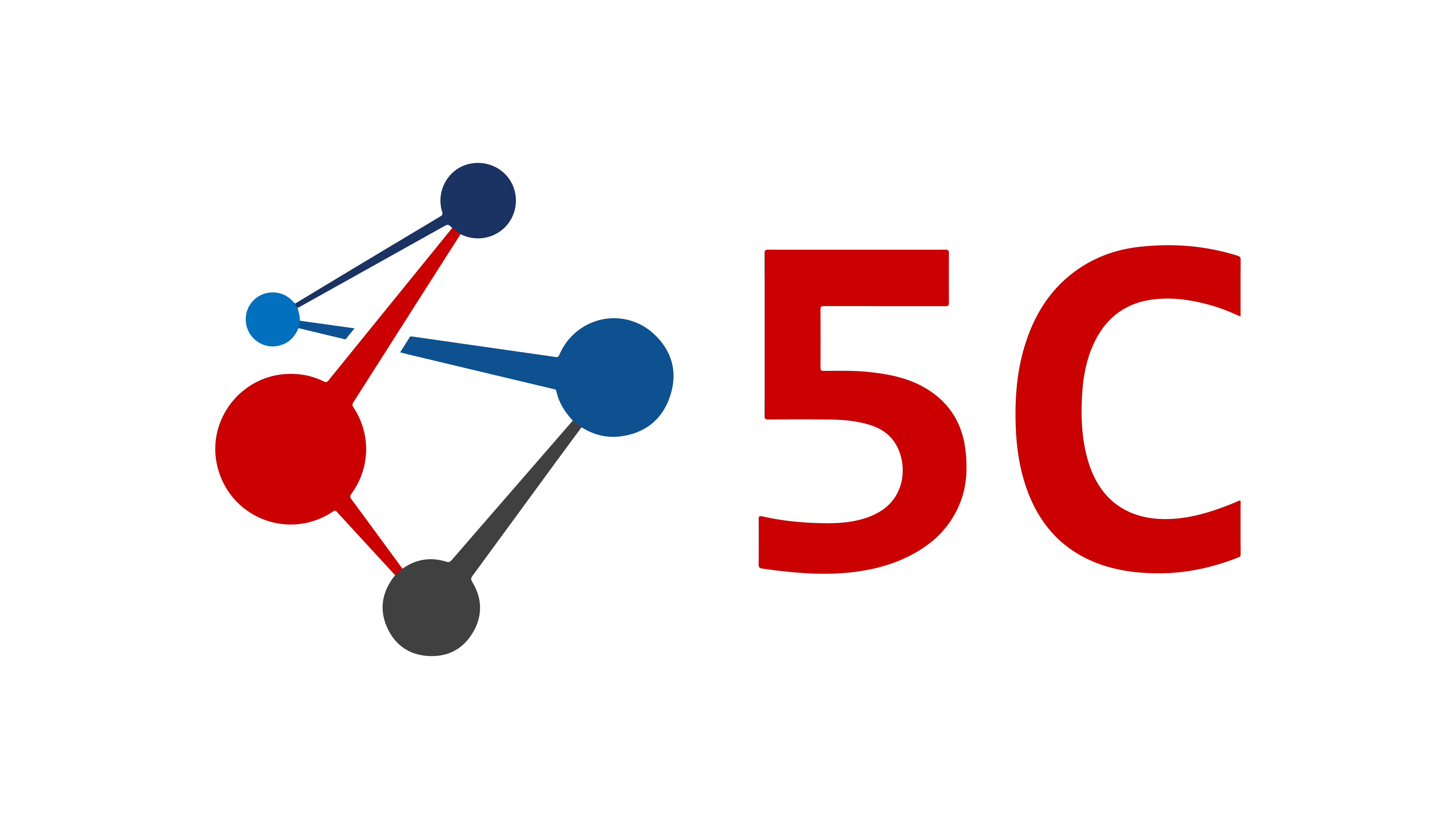After Reporting 8.5 Mn Radiology Reports, Here’s How 5C Network has Built the Future of Radiology Reporting
Healthcare industry in India is experiencing significant expansion across various domains, notably radiology. The evolving trends and advancements in technology unveils the immense potential within this sector.
The Indian Diagnostic Imaging Services market size was valued at $9.54 Bn in 2022 and is estimated to expand at a compound annual growth rate of 7.9 % from 2022 to 2030 and will reach $17.54 Bn in 2030.

Despite conducting around 1 million radiological scans daily, the country faces a severe shortage of radiologists. With only about 14,000 radiologists available, the healthcare system in India struggles to meet the demand. As per the PCPNDT act, only registered radiologists can perform ultrasonography that consumes the time of nearly half of these radiologists.
The future of radiology looks bright because technology keeps getting better. Things like artificial intelligence and machine learning are making it easier for doctors to understand these images quickly and accurately.
But how exactly are these technological advancements shaping the future of healthcare? And what does this mean for patients and medical professionals alike?
Challenges in Radiology
The shocking reality that 400,000 hospitalized patients are affected annually, with a staggering 100,000 succumbing to preventable complications, has raised a cause of concern through the medical community.

Suppose a patient arrives with multiple health complaints, and the radiologist on duty is tasked with conducting a comprehensive scan. As he meticulously analyzes the images, he discovers a significant lung anomaly. However, the satisfaction of the search issue arises; having found this primary abnormality, the radiologist overlooks a minor but crucial irregularity in the kidney. This incident serves as a stark reminder of the risks of focusing too narrowly on a single finding. Due to the high volume of cases and the constant time pressure, he makes a hasty judgment on a scan, leading to a missed diagnosis.
There's also a gap between the availability of advanced radiological technology and the expertise to utilize it effectively. Incomplete patient histories further complicate accurate diagnostics.
Presenting the Blend of AI & Radiologists - Bionic Report by 5C Network
In recent years, there has been a substantial rise in radiologists' interest in artificial intelligence. The focus of discussions has shifted from viewing AI as a threat to exploring its capabilities to complement and enhance the work of radiologists.
The Bionic Report marks a significant leap in the application of AI to radiology reporting. It harnesses a state-of-the-art, fine-tuned model embedded within a Retrieval-Augmented Generation framework to produce detailed and precise reports. It is trained by using 8.5 million radiology reports that were reported by 5C Network.
In addition, it features automated content generation capabilities, streamlining the process of drafting reports. Another key feature is an error-checking algorithm, which functions like a vigilant quality control officer. It cross-references findings against known error patterns, significantly reducing the risk of mistakes and ensuring the highest quality of outcomes.

Additionally, the Bionic Report's capabilities extend beyond general diagnostics to include disease-specific reporting. For example, in conditions like pneumonia and tuberculosis, the AI system is designed to meticulously analyze and report on various aspects, such as the extent of the disease and its specific patterns. This detailed analysis assists healthcare providers in managing patients more effectively and timely.
The Bionic Report aims to alleviate radiologists' caseload by an impressive 65%, consequently tripling their productivity and mitigating burnout.
Understanding the LLM Model of Bionic Report
The advent of large language models (LLMs) like ChatGPT and GPT-4 has significantly impacted the field of natural language processing, showing great promise for applications in radiology. These models, capable of sophisticated understanding and interpretation, are well-suited to manage the extensive textual data generated in radiology, including reports and clinical notes. However, their integration into clinical settings faces challenges such as privacy regulations and the need for secure data handling.
The open-source movement has significantly contributed to the development of advanced LLMs, such as Llama2, Mixtral, and Yi. Among these, Mixtral 8x7B stands out for its exceptional architecture and benchmark results, promising to elevate radiology reporting to new heights to explore Open Source LLMs in Radiology.
In the process of preparing data and fine-tuning for the Bionic Report, we utilized an extensive dataset comprising 8.5 million entries to encompass a wide range of pathologies. By employing keyword searches, we systematically extracted relevant pathologies from each report, setting up a structured input-output relationship where the identified pathology serves as the input and the corresponding detailed report acts as the output. This meticulous setup trains the model to accurately associate each pathology with its specific descriptors, enabling it to generate comprehensive and precise reports.
This method not only enhances the model's understanding of medical terminology but also ensures that it learns the nuances of report writing in the context of radiology, thereby improving its ability to produce clinically relevant and detailed radiology reports.
Stay Ahead in the Curve of Radiology Reporting with Bionic Report
As AI technology advances, its role in radiology will become more entrenched. The Bionic Report is set to become an integral part of the radiologist's toolkit. It will assist radiologists in managing their workload with greater accuracy and efficiency, ensuring that they can keep up with the growing needs of their field.
The future envisioned with the Bionic Report is one where AI is not just a helpful tool but an essential ally in radiology. It's paving the way for a scenario where radiologists can leverage the power of AI to enhance their capabilities, ensuring that they can provide the highest standards of patient care in an increasingly demanding healthcare landscape.
Bionic Report spearheads a transformation in radiology, establishing AI as a fundamental component in the evolution of diagnostic practices.
